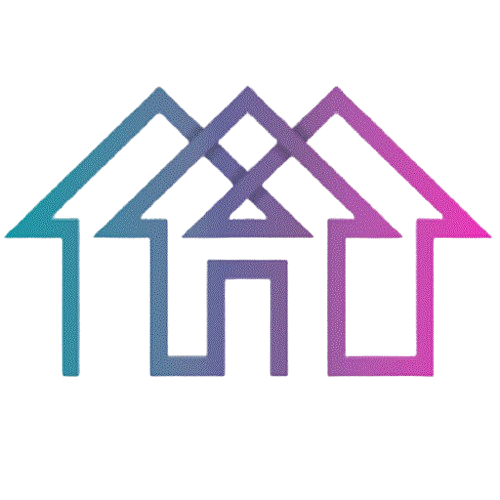Your home’s plumbing system works hard every day to keep wastewater flowing away smoothly. But like any system, it can develop problems over time. Sewer line issues are among the most common and potentially costly plumbing problems homeowners face. When your drains are slow, you hear unusual gurgling noises, or you notice foul odors, you may be wondering: Do you need a simple sewer line cleaning, or does the situation call for a full sewer line repair?
Understanding the difference between these two sewer line services will help you make the right decision for your home, budget, and peace of mind.
What Is Sewer Line Cleaning?
Sewer line cleaning is a preventive and corrective service that clears out debris, buildup, and minor blockages from your sewer pipes. Over time, materials such as grease, hair, soap scum, food particles, and even tree roots can accumulate inside your pipes, leading to clogs and reduced water flow.
Signs You May Need Sewer Line Cleaning:
- Slow-draining sinks, tubs, or showers throughout your home
- Gurgling sounds when flushing toilets or running water
- Frequent clogs that don’t resolve with plunging or snaking
- Foul odors coming from drains
How It’s Done:
Professional plumbers typically use methods like:
- Snaking (Drain Augers): Breaks up blockages and clears smaller clogs
- Hydro Jetting: Uses high-pressure water to thoroughly clean the inside of sewer pipes, removing grease, sludge, and even intrusive tree roots
When Cleaning Is Enough:
If your pipes are structurally sound and the problem is buildup or minor clogs, a professional cleaning should restore flow and prevent future blockages. Think of it like routine maintenance similar to getting your HVAC system tuned up.
What Is Sewer Line Repair?
Sewer line repair addresses more serious problems, often involving damage to the pipes themselves. Over time, sewer lines can crack, collapse, or become misaligned due to soil shifting, tree root intrusion, corrosion, or aging materials.
Signs You May Need Sewer Line Repair:
- Sewage backups in multiple drains across your home
- Persistent foul odors in your yard or basement
- Puddles of wastewater or soggy patches in your yard
- Unusually lush green patches on your lawn (caused by sewage leakage)
- Multiple fixtures backing up at once (toilets, sinks, showers)
Common Repair Methods:
- Pipe Relining (Trenchless Repair): A resin-coated liner is inserted into the damaged pipe and hardened, creating a new pipe within the old one
- Pipe Bursting (Trenchless Replacement): A new pipe is pulled through the old one, breaking apart the damaged pipe in the process
- Traditional Excavation: If trenchless repair is not possible, the damaged section may need to be dug up and replaced manually
When Repair Is Necessary:
If inspections reveal cracks, major root intrusion, or collapsed sections, cleaning alone will not solve the problem. Repair or replacement ensures the integrity of your sewer line and prevents ongoing damage to your home.
Sewer Line Cleaning vs. Repair: How to Decide
Sometimes, the symptoms can look similar, which makes it hard for homeowners to know what is really going on. The best first step is to schedule a sewer camera inspection. Plumbers use specialized cameras to look inside your pipes and pinpoint the exact cause of the problem.
- If the issue is debris, buildup, or small roots: A cleaning will usually solve it
- If the issue is cracks, collapsed pipes, or severe root damage: Repair or replacement will be needed
Preventing Future Sewer Line Problems
Whether your home needs cleaning or repair, prevention should always be part of your plan. Here’s how to keep your sewer line healthy:
- Schedule Routine Cleaning – Hydro jetting every 1-2 years can prevent major clogs
- Avoid Flushing the Wrong Items – Do not put grease, wipes, feminine products, or coffee grounds down your drains
- Be Mindful of Landscaping – Tree roots naturally seek water and can invade sewer pipes. Plant trees away from sewer lines
- Act Quickly – Do not ignore slow drains or foul smells. Early action can save thousands in repair costs
Final Thoughts
Sewer line problems are stressful, but understanding the difference between cleaning and repair helps you make an informed decision. In short:
- Sewer line cleaning is like routine maintenance, great for buildup, clogs, and minor issues
- Sewer line repair is for structural problems, cracks, or collapsed pipes
If you are unsure which service your home needs, schedule a professional inspection. Acting early can prevent costly damage, protect your home, and give you peace of mind.

